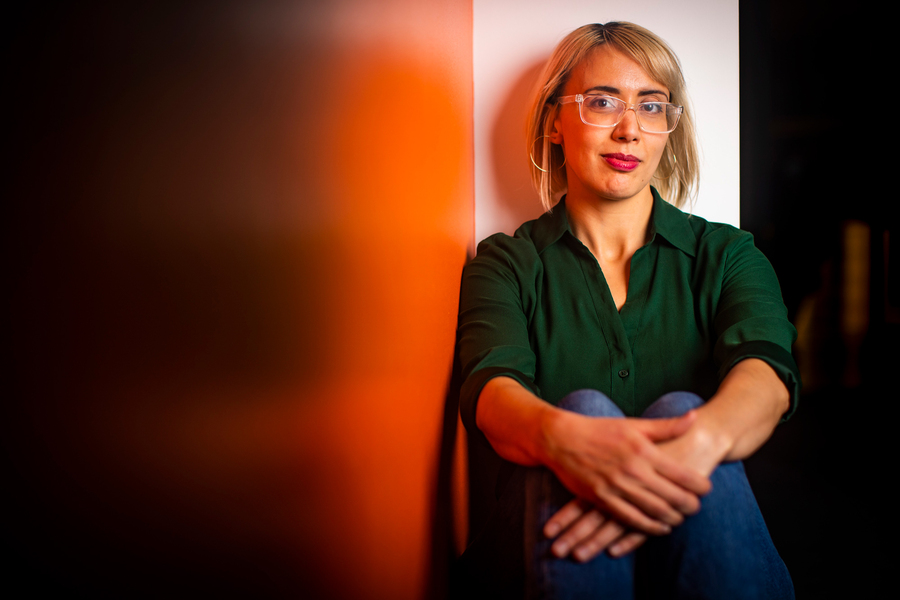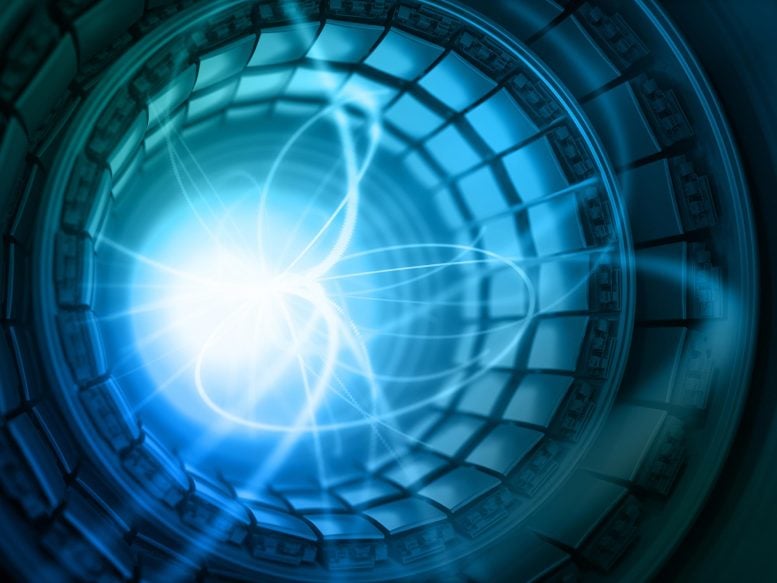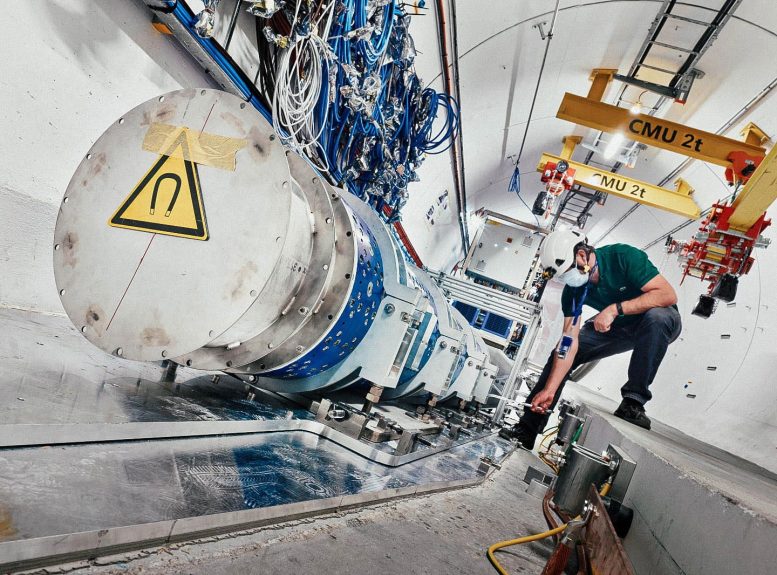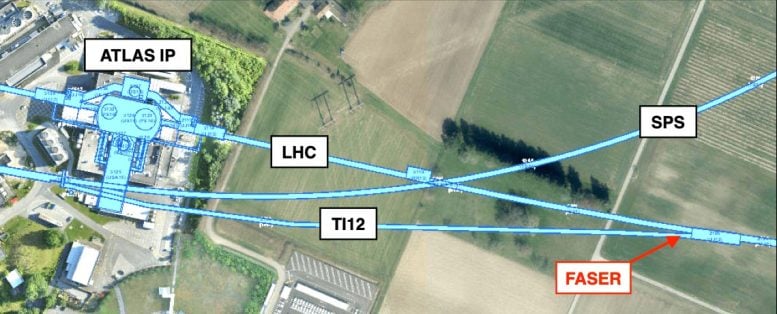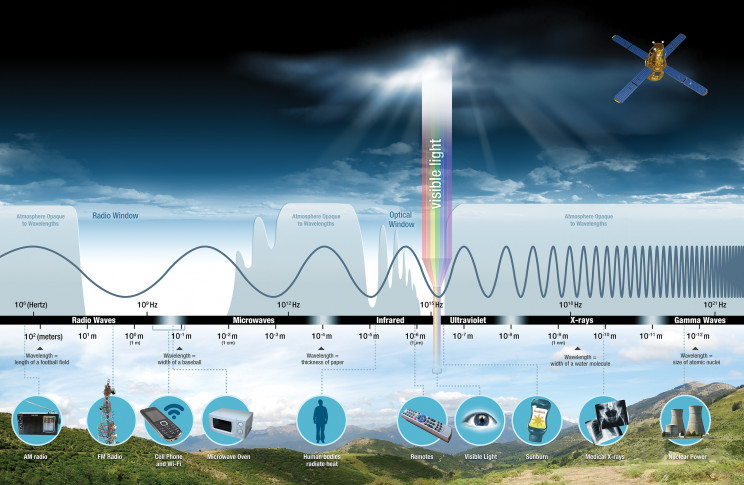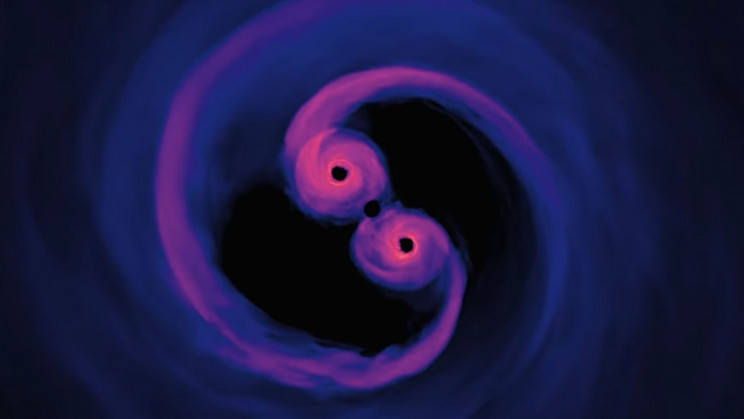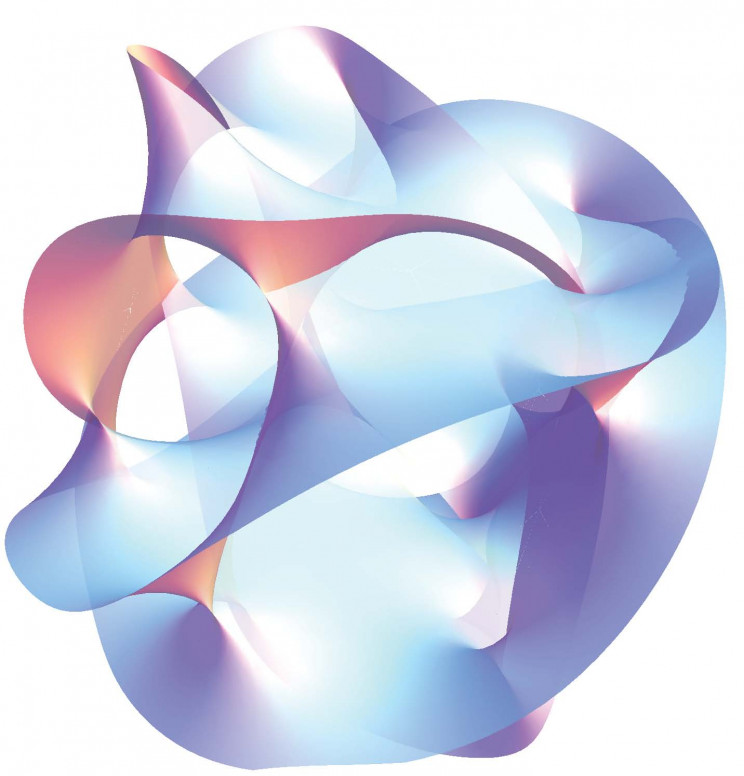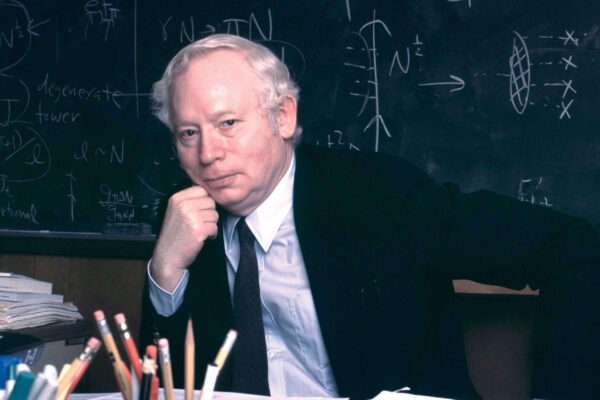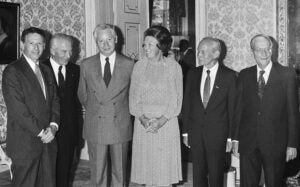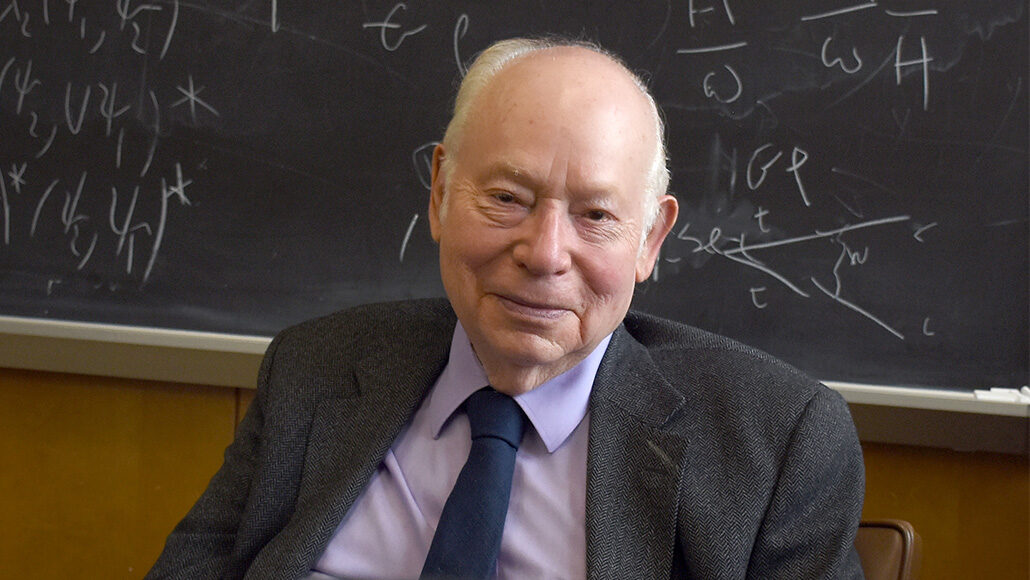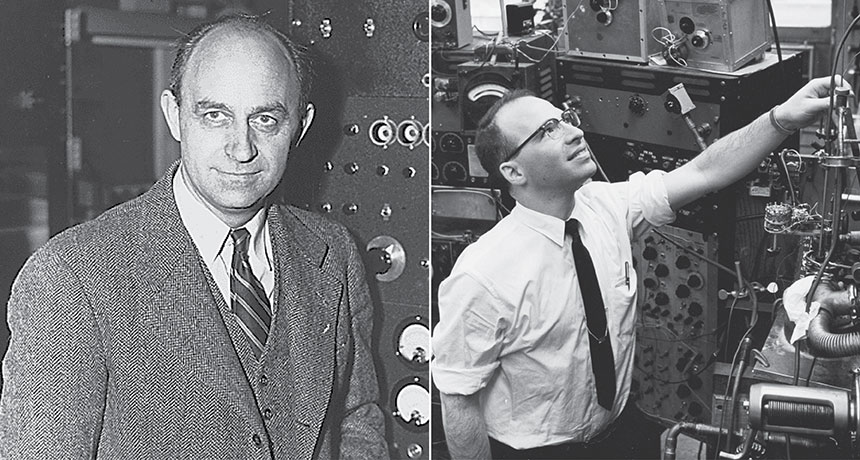PAKISTAN
LAW: PROTECTING WOMEN FROM VIOLENCE
Zofeen T. EbrahimPublished September 12, 2021 -

Despite hundreds of existing laws protecting children, women and transgender people, the justice system of Pakistan is unable to adjudicate cases of gender-based violence
Confronted with newer, more brutal and humiliating forms of inflicting pain, hurt and torture on women, the country’s response in proportion to it is dismal, and seemingly almost of nonchalance.
As psychiatrist Dr Ayesha Mian explains, gender-based violence (GBV) — ranging from verbal abuse, pushing and slapping to severe beating, burning, throwing acid, sexual harassment and rape — has increased globally (by 25 percent) since the pandemic began. The pandemic resulted in a “loss of employment, pay-cuts, being confined to small home spaces and an increase in stress, anxiety and depression.” In addition, an increase in substance abuse can also be attributed to the rise in GBV crimes, she says.
Moreover, perpetrators of these crimes often go scot-free. In Pakistan, for example, available data suggests the conviction for these crimes is not more than three percent.
“Until we send perpetrators to jail in large numbers and make examples of them, we will not make a dent in bringing the horrific GBV statistics down in our country,” says Oscar-winning documentarian and activist Sharmeen Obaid-Chinoy, known for her work that highlights gender inequality.
But the problem is that not all women lodge a complaint. Even globally, less than 10 percent of women victims seek help from the justice system.
“They [women survivors] have little confidence in the system,” says Chinoy, referring to Pakistani women. “They tell me point blank there’s no point, saying the process is long and painful.” And because the women give up, the aggressor is never convicted, she adds.
In 2019, the Chief Justice of Pakistan announced the setting up of 1,000 specialised courts throughout Pakistan to deal with gender-based violence. Whatever became of them?
Back in 2019, just a few months before his retirement, the then Chief Justice of Pakistan (CJP), Asif Saeed Khosa, had announced the setting up of more than 1,000 GBV courts across Pakistan, “at least one such court apiece in every district” to help “speed up prosecutions”, where the victims could “speak their heart without any fear.”
This proclamation was not made on a whim by a retiring judge.
Work on the establishment of these specialised courts had started back in 2016 when Irum Ahsan, a lawyer working with the Asian Development Bank, wanted to find out the “the root cause” of the extremely low rate of conviction. For example, in Punjab — “a hotbed for gender-based violence”, says Ahsan — only two percent of the accused were convicted. According to Dr Mian, “entrenched feudal systems, a tradition of honour killings, watta satta [exchange marriages between households],” could be some of the reasons behind it.
Another probable reason why Punjab recorded increased incidences of violence is “better access of the media” to the victims/survivors, which allows for more such crimes to get reported, says Zohra Yusuf, a human-rights activist and a council member of the independent Human Rights Commission of Pakistan.
What confounded Ahsan during her research was that despite “hundreds of existing laws” protecting children, women and transgender people, the judges were unable to adjudicate using them.
Misogyny, mental health linked to violence
In her quest to find answers, Ahsan reached out to district-level judges. She found that “both men and women judges had unconscious blind spots when they were hearing GBV cases.”
“Many of them stated in survey responses that rape occurred because men were unable to control their sexual urges when provoked by a woman — such as by wearing provocative clothing or make-up, engaging in flirtatious behaviour or staying out late,” says Ahsan. Moreover, if the survivor resiled or compromised, the case was closed and the crime forgotten.
Many judges interviewed by Ahsan did not believe that marital rape was a reality and the judges proffered that women lied or concocted these cases for revenge.
At the same time, Ahsan and her team started studying the cases. “We found economic imbalance to be among the major reasons for reaching a compromise by male relatives of the victim. “It was not deemed necessary to seek the woman’s permission or free consent,” she says.
“The misogynistic attitude of the media, the clerics, as well as, to some extent, of state functionaries has played a role [in fanning GBV]”, according to Yusuf.

The recent murder of Noor Mukaddam in Islamabad, in June, highlighted the rise in gender-based violence in our society | AFP
Only recently, Prime Minister Imran Khan was quoted as saying in an interview that “if a woman is wearing very few clothes it will have an impact on men unless they are robots”.
Until we send perpetrators to jail in large numbers and make examples of them, we will not make a dent in bringing the horrific GBV statistics down in our country,” says Oscar-winning documentarian and activist Sharmeen Obaid-Chinoy, known for her work that highlights gender inequality.
Referring to the recent wave of GBV crimes across the country, Dr Mian says the country’s youth suffers from significant risk factors to healthy emotional functioning. These may include, “toxic masculinity, entitlement, having poor role models, not being able to engage in sports and other co-curricular activities and lack of civic engagement.”
Sadly, due to a lack of health literacy, much of the patterns of pathological functioning go unrecognised. “The lack of awareness, poor understanding of mental health symptoms and stigma are further compounded by a general acceptance of the early signs of possible mental health disorders in boys as [we tend to accept that] they will be aggressive, loud, angry and given to temper outbursts,” she explains.
For her part, Ahsan decided she needed to work with judges and developed a detailed course with the help from a team of five women — experts in the field of gender, law, justice, human rights, anthropology and Islamic scholarship. They then went on to carry out several intensive week-long sessions of gender sensitisation training for lower-courts judges and prosecutors across Punjab and extended it nationwide.
“In the end we must have trained more than 600 judges and prosecutors nationwide,” she says.
For Ahsan, these workshops were a huge success. “We did not intend to bring a sea change, but even converting a few dozen judges was monumental for us,” says Ahsan. The evaluations were shared with the then Chief Justice of the Lahore High Court (LHC), Justice Mansoor Ali Shah, who mandated them to set up a model GBV courtroom within eight days.
Ahsan and her team immediately got to work and found a room in the Lahore district court building. It was a slightly larger room to accommodate more distance between the judge, victim and the lawyers.
They also put in a chair in the witness stand for comfort, along with a screen — so that the complainant did not have to face the accused directly. There was a side room for recording evidence electronically, in case the survivor did not want to face the court, or if she were accompanied by a child. The team also worked meticulously on a training manual to help the judge, which provided “court procedures based on national and international best practices and human rights norms; formal procedures in case the victim or the witnesses resile, and practice notes on evidence and other court matters.”
“Our courts are not easy for a woman who has been violated,” says Ahsan. “The way she is judged, the language used and the way she is questioned, it’s like she is being raped over and over.”
Back in 2019, just a few months before his retirement, the then Chief Justice of Pakistan (CJP), Asif Saeed Khosa, had announced the setting up of more than 1,000 GBV courts across Pakistan, “at least one such court apiece in every district” to help “speed up prosecutions”, where the victims could “speak their heart without any fear.”
“If we want women to pursue these cases and if we want to show real commitment towards eliminating violence against women, then our legal system will need GBV courts,” says Chinoy, adding that there is a need to sensitise the police as well.
PATRIARCHY

Asma Rani (above) was shot dead near her home in Kohat in 2018 for refusing a marriage proposal; earlier this month, her killer was pardoned by her father
In October 2017, the new GBV court in Lahore began its work.
Ahsan and her team also got permission to review the cases for a full year. They analysed that, by the end of the year, the two percent conviction rate of 2016 had jumped to 16 percent by 2019.
This evidence led to the National Judicial Policy Making Committee, under the leadership of the then CJP Asif Saeed Khosa, approving in November 2019, the establishment of specialized GBV courts in each of Pakistan’s then 116 districts.
“The course material we developed on gender sensitization can be used to train the entire judicial machinery,” says Ahsan, who feels gender studies should be institutionalised by making it mandatory. “All it needs is an order signed by the chairman of the National Judicial Policymaking Committee,” she says.
Today few know what became of the administrative order and how many more such courts have actually been set up.
However, Nida Usman Chaudhary, founder of the Women in Law Initiative Pakistan, which works for equality of opportunity and connectivity of female lawyers in Pakistan, has been following up on news on GBV courts. According to her, the 2019 judicial policy around setting up a GBV court in every district of Pakistan never got implemented.
“Under the new anti-rape bill, special courts are to be designated as GBV courts, but those shall be notified once the anti-rape bill 2021 is passed and becomes an act,” says Chaudhry.
Presently the GBV court in Lahore, set up in November 2017 by then LHC Chief Justice Mansoor Ali Shah, is the only GBV court in practice in the city. “The special court in Faisalabad that was designated under the anti-rape ordinance 2020 now appears to have no legal cover after the lapse of the anti-rape ordinance 2020,” says the lawyer. In addition, there is one GBV court in Islamabad and one in Quetta.
However, Sindh has done much better. Last year, the Karachi-based Legal Aid Society (LAS) and the Sindh Commission on the Status of Women (SCSW) found 27 dedicated GBV courts in Sindh alone.
While not all the specialised courts were found to be working efficiently or having the basic infrastructure required for a GBV court — 74 percent did not have a separate waiting room for the complainant, another 74 percent were without screens and 64 percent were without the separate room to record the victim’s testimony using video-link facilities — Sindh still stands out as the only province that has these specialised courts in all its districts. “I think that’s a huge positive,” says Maliha Lari, associate director at LAS.
Chaudhary agrees. “Sindh is the most progressive in terms of the number of functional operative GBV courts,” she says.
While it was largely left to the discretion of the provincial courts what all a GBV court should entail, one important provision was special protection measures for both the victim(s) and witnesses. The LAS found this missing in the GBV courts in Sindh. Their assessment revealed this could be an important factor in the higher rates of victims and witnesses resiling.
In addition, the review and study of 50 disposed-off cases in six GBV courts in Sindh pointed to innumerable other factors for why the conviction rate was as low as 3.1 percent, as per the LAS survey.
For example, the delay was happening at the magisterial level. “It is important to sensitise and strengthen the noting [down] of reporting at that level,” says Lari. Similarly, despite the emphasis laid on using medical evidence, there was limited understanding of it among the police, the prosecution and even the judiciary.
The LAS carried out a user-satisfaction survey about GBV courts in Karachi East and Hyderabad, in September 2020 and repeated it in February 2021. The surveys found that the satisfaction of people using these courts had risen by 14 percent. While this is a substantial improvement, Lari adds there is room for further improvement. “Minimising waiting times in case of combined waiting areas, sensitisation of courtroom staff on interaction between the victim and the accused, availability of interpreters/translators inside the courtroom” can all help in betterment of the user-satisfaction score, according to Lari.
It may have taken the highest judiciary 65 years to notice that the Supreme Court of Pakistan never had a female judge and make amends; it must not take this long to set up the promised 1,000 courts. It is time to build the eroding trust of society so that the clamour for swifter, extrajudicial justice does not get stronger.
The writer is an independent journalist based in Karachi
Published in Dawn, EOS, September 12th, 2021



